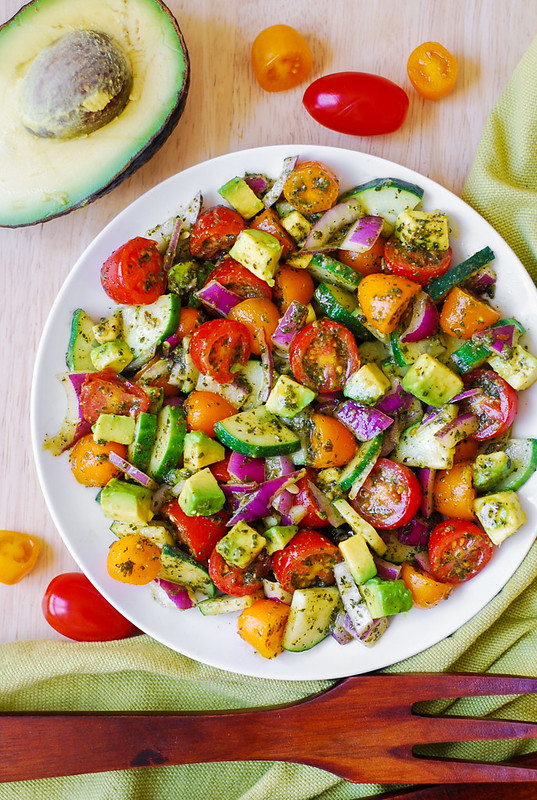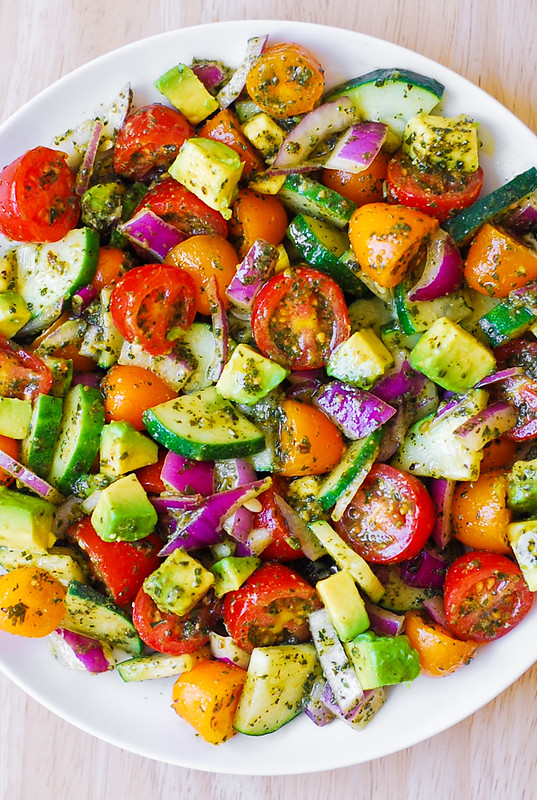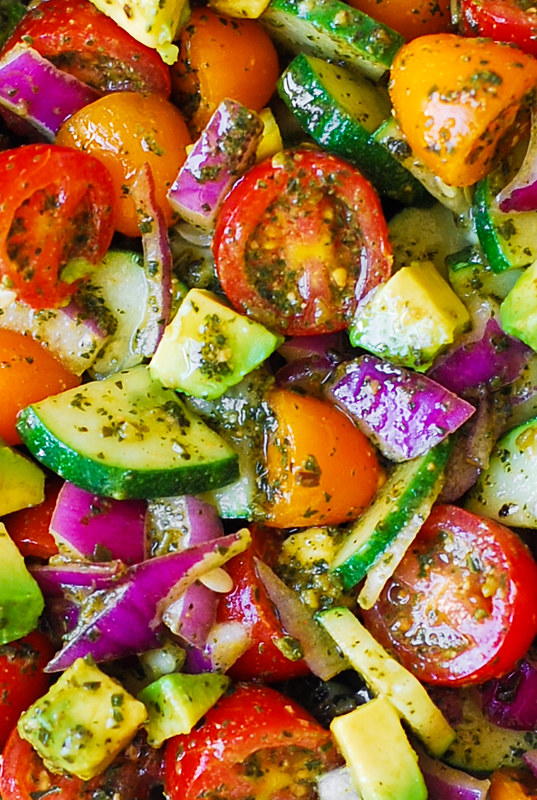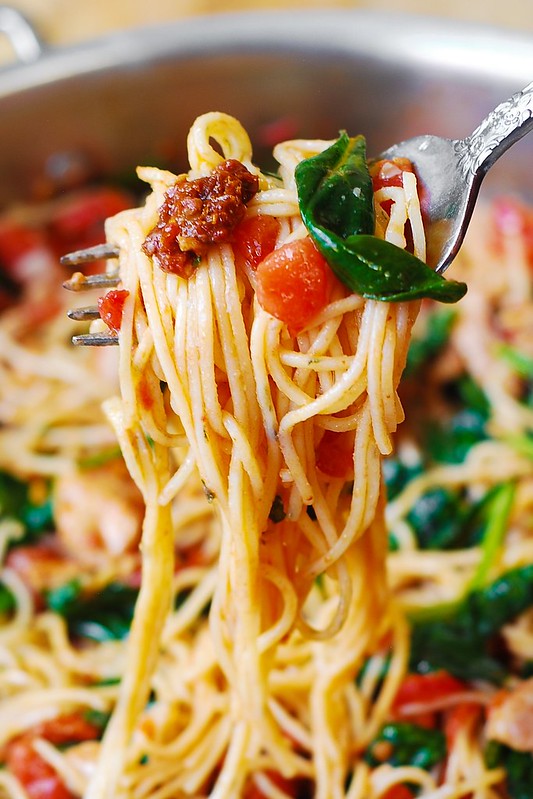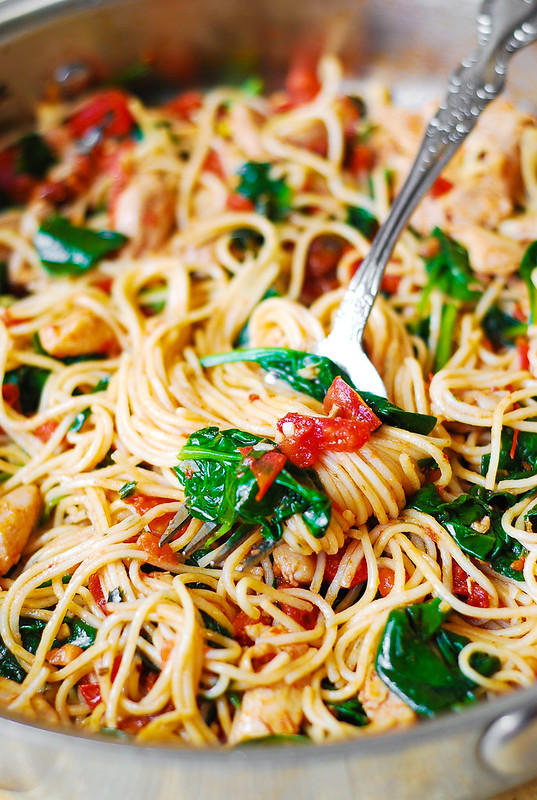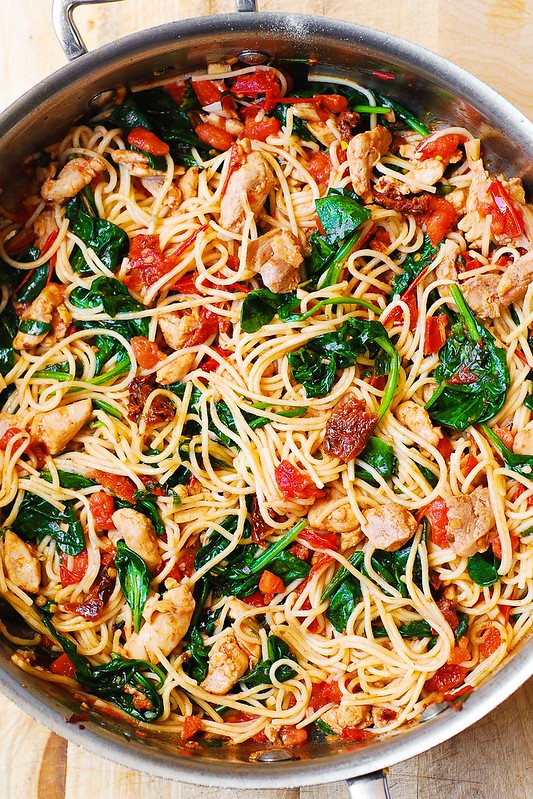Weightlifting is straightforward in theory (you just, erm…lift weights, right?). But it’s a bit more complicated in practice. As a beginner to weightlifting, it’s confusing (not to mention intimidating) to figure out which muscles to target, how much to lift, and how often to work out. How are you supposed to know where to even begin with finding a good weightlifting program?
Although it might seem daunting at first, the benefits of lifting weights far outweigh any hurdles you might have to getting started. William P. Kelley, C.S.C.S, ATC, says some major benefits of weightlifting include improved strength, bone density, and heart health. Studies even suggest that it can help keep your brain sharp, as well as increase energy levels and decrease stress.
Trevor Thieme, C.S.C.S., Beachbody’s senior manager of fitness and nutrition content, notes that lifting weights is also an effective way to lose weight: “Weightlifting can help you lose fat faster than steady state cardio because it keeps your metabolism elevated for longer post workout,” he explains. “The result is that it helps you burn more total calories.”
But before you get to enjoy all the benefits of lifting weights, you first have to get started. The first step? Creating smart goals.
What Are Your Weightlifting Goals?
“Goal-setting is critical to guiding your weightlifting path,” Kelley says. Before you even choose a weightlifting program, consider what you want to get out of it. Are you training for a specific event, for general health, or with aesthetics in mind? Do you want to lose weight, build strength, pack on muscle, or achieve a combination of any or all three of those goals?
“Each objective requires a different strategy, and by identifying your goal or goals, you can identify the most effective training program to achieve it,” Thieme says. The tips below will help you do that.
If you need some extra guidance to help you get started, check out Beachbody On Demand’s weightlifting programs, like Body Beast (which focuses on muscle building) and A Week of Hard Labor (an intense, five-day weightlifting routine). Both programs can help you achieve the lean, muscular physique you’ve always dreamed of building. (See the results for yourself!)
13 Common Questions About Starting a Weightlifting Program
These 13 questions and answers will give you the information you need to start lifting weights, including basic training tips and mistakes to avoid.
1. What equipment do I need for a weightlifting program?
If you’re starting an at-home weightlifting program, dumbbells are a necessity — but having just a single pair may not cut it.
Thieme says you need different weights to effectively challenge different muscle groups. Your legs should be able to handle heavier weights than your triceps, for example. That’s why he recommends investing in a pair of selectorized (AKA adjustable) dumbbells (like this set of Bowflex dumbbells). “A single pair of dumbbells can replace an entire dumbbell rack, saving you hundreds of dollars—not to mention lots of floor space,” he says.
A bench is another useful piece of equipment for developing overall strength and power, Kelly says, although you could get by without one if you’re short on space.

2. How much weight should I lift?
“You should always lift the heaviest amount of weight that allows you to complete all of your reps and sets for all of the exercises in your workout,” Thieme says.
If you can’t maintain proper form for the last several reps of an exercise, go lighter. If you can breeze through your reps with the last few feeling as comfortable as the first few, go heavier. The key to achieving muscle growth is to find your sweet spot, which in this case means a weight that challenges you without forcing you to sacrifice good form.
3. How many reps and sets should I do for each weightlifting exercise?
First, consider your weightlifting goals. “If you want increased strength, you should do from two to six reps per set. For hypertrophy [muscle growth] do eight to 12 reps. And for endurance, do 15 to 20 reps,” Kelley says.
As for sets, Thieme says it’s important to do multiple sets of each exercise, no matter your goal. Three sets per exercise is generally a good number, but don’t lock yourself into that. As long as you’re doing at least two and not more than five or six, you’re good. And if you want to increase your strength, build bigger muscles, and improve your muscular endurance, regularly vary the number of reps and sets you do.
“Optimal muscle growth occurs when you target both of the major muscle fiber types—I and II—and the best way achieve that is by lifting across the entire rep spectrum,” says Thieme. “Incorporate both heavy weight/low rep sets and light weight/high rep sets in your training program.”
4. Should I focus on one or two body parts a day, or do full-body workouts every time?
Both are effective strategies for packing on muscle. “The key is to work each body part or muscle group at least twice a week,” says Thieme, who suggests alternating between the two training strategies. “Do split training for two or three months, and then do total body training for two or three months.”
Your schedule is also a determining factor, Kelley notes. “If you can only work out two to three times per week, then a total body lifting program may be more efficient,” he says.
5. How many days per week should I lift weights?
How often you lift weights comes down to your goals and schedule as well, Kelley says. (Doe we sound like a broken record yet?)
“The ratio of exercise to recovery days that maximizes results and minimizes injury and overtraining risks depends largely on your current fitness level and the type, intensity, and duration of your workouts,” Thieme says. He recommends lifting a minimum of two days a week a maximum of six days.
6. Do I need to take rest days during a weightlifting program?
Yes! Giving yourself a day off from training is crucial to your weightlifting success. “Lifting days are where you [purposefully] damage muscle tissue,” Kelley says, while “rest/recovery days are when muscles repair and rebuild.” Both days are needed to become stronger.
If you don’t give yourself sufficient recovery time, you’ll sabotage your workout performance and hinder your results. “Training adaptations don’t happen during workouts, they happen between them, making recovery days just as important as training days,” says Thieme. “What people often forget is that, when it comes to exercise, more isn’t always better. You have to give your body the time it needs to respond to the training stimulus that each workout provides.”
How often you should take a recovery day depends on your fitness level, primary exercise type and intensity, age, and sleep habits, but a good rule of thumb is to take one or two rest/recovery days a week.
If you feel energized on your designated rest days, Kelley recommends active recovery activities, which facilitate blood flow to your muscles without overloading them. Yoga and light cardio (e.g., an easy jog, leisurely bike ride, or short hike) are good options. Also, don’t limit warm-up and cool-down activities to warm-ups and cool-downs. Perform dynamic stretching and foam rolling every day, regardless of whether or not you’re working out.

7. How do I avoid a muscle-building plateau?
There are numerous factors that contribute to muscle growth, but the key to achieving consistent gains is to regularly increase the challenge to your muscles, Kelley says. “By increasing the stress on a muscle through a principle called ‘progressive overload,’ you illicit changes in that muscle, including greater size, greater contraction force, and improved motor recruitment,” he explains.
Lifting progressively heavier weights isn’t the only way to do that. “Other ways to achieve progressive overload include decreasing the rest periods between sets, performing more complex exercise variations, and switching up the exercises you do,” says Thieme. “Even changing up your grip (e.g., from underhand to neutral) can increase the challenge to your muscles and trigger fresh growth.”
8. Can I do my weightlifting program and still do cardio and other workouts?
The short answer: yes. But you need to be strategic about it. “If your focus is weightlifting, then you should use cardio as a form of ‘active recovery,'” says Thieme.
If you do a heavy weightlifting session one day, and then go for an easy run the next, you can actually enhance your recovery (and results) from the weightlifting session by boosting blood flow—and the vital nutrient delivery and waste removal services it provides. “But a heavy weightlifting workout followed by a long, hard run or HIIT session the next day can do more harm than good,” says Thieme.
If you don’t allow your body sufficient time to recover between intense workouts, the only thing you’ll achieve is an increased risk of burnout and injury.
9. Will weightlifting make me bulky?
Lifting weights can cause men to become bulky if they focus solely and intensely on bodybuilding or pure strength training, Thieme explains, but this is rarely the case for women. Why? Genetics.
Men typically have a higher percentage of type II muscle fibers, which are bigger and have a higher growth potential than type I fibers. Plus, men produce more testosterone, which is critical for muscle building. “Women do not produce testosterone at high enough levels naturally to get bulky,” Kelley says, even if they’re lifting heavy amounts of weight. That said, a woman can still increase her muscle size through weightlifting if that’s her goal. “Studies also show that while most women can’t build as much muscle as most men, they can achieve similar increases in strength,” says Thieme.
10. How do I make sure I’m lifting with proper form?
Practicing correct weightlifting form is key to preventing injury and getting the results you want. The best way to guarantee good form? “Utilize a fitness professional [like a trainer] until you feel safe and confident in the staple lifts of your program,” Kelley says.
If you’re working out on Beachbody On Demand, pay attention to the trainers as they explain the correct starting stance, movement pattern, and key form points for each exercise, as well as which muscles to engage during the moves. Having a friend observe you can also help you keep your form on point.

11. How long should I follow a weightlifting program?
In general, Kelley recommends maintaining a specific weightlifting program for three to five weeks before you mix it up. “This gives the muscles time to adapt and grow in the current program; then, just as they acclimate, you tweak the program slightly to keep progressing,” he explains.
Perhaps more important than the timeline, however, is paying attention to the way your routine makes you feel. “If you haven’t increased the weight you’re lifting after a few weeks, or if you’ve noticed a significant drop in your motivation, it’s time to switch things up,” Thieme says.
Of course, if you follow a professionally designed program, like you’ll find on Beachbody On Demand, knowing when to switch things up isn’t even a concern. “Such variation is built into the program, eliminating the stress and guesswork for you,” says Thieme.
12. What should I eat before and after a workout to maximize my performance?
Before a weightlifting workout, focus on carbs, which will help top off your energy stores. The key is to choose something that you can digest before you start exercising. A piece of fruit is a good choice if you have 30 minutes or less until you work out. If your workout is still an hour out, our go-to recommendation is a piece of whole grain toast with nut butter.
Post-workout, the most important factor is protein, which can help facilitate muscle growth and speed recovery, Thieme says. Aim for 20 grams of fast-absorbing protein (like whey) within 30 minutes of exercising. A protein supplement such as Beachbody Performance Recover makes that easy.
13. How do I know if my weightlifting program is working?
To get the most accurate and objective measure of progress, Kelley suggests recording your workouts and tracking the numbers. “If you can increase the weight you lift by five percent—or the number of reps you perform at the same weight by two reps—each week (or two), you know you are increasing strength in that specific move and group of muscles,” he explains.
Other signs your weightlifting program is working include increased appetite and physical changes like fat loss, increases in muscle size, and greater muscle definition. You can track this data by recording it in a journal or taking before and after pictures. If you don’t see signs of progress within four to six weeks of starting your weightlifting program, you may need to reassess your workout routine to see what’s going wrong.
from The Beachbody Blog https://ift.tt/2pUuKqb
via
IFTTT
